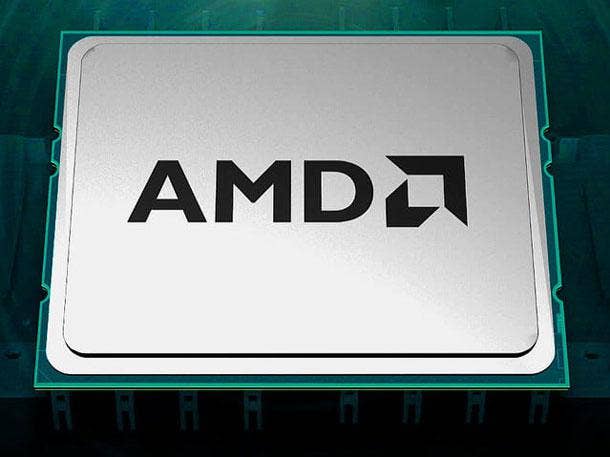AMD Ryzen, EPYC Sales Ramp Up As 7nm CPU Launch Set For Q3
'From the beginning of this year, we expect that over four to six quarters, we expect to ramp our server market share to get to double-digit share,' AMD CEO Lisa Su says of the company's growing competition against Intel in the data center market.

AMD said fast-growing sales of its Ryzen and EPYC processors are helping offset a slowdown in revenue as the chipmaker prepares to launch its first 7-nanometer CPUs in the third quarter.
AMD's stock price was up as much as 5 percent in after-hours trading on Tuesday.
[Revenue: AMD Claims Businesses Pay 'Intel Tax' With Xeon Server CPUs]
AMD's Q1 revenue was $1.27 billion, beating Wall Street's expectations by $10 million, while its net earnings were 6 cents per share, which was in line with analyst estimates. That represented a 23 percent decrease in revenue from the same quarter last year and a 10 percent decrease from the previous quarter.
Lisa Su, AMD's CEO, said on the company's Q1 earnings call that sales more than doubled year-over-year for Ryzen client processors, EPYC data center processors and Radeon data center processors, helping increase the company's gross margin by 5 percent. They also helped offset lower sales from its semi-custom business and graphics cards products that had been building up in channel inventories.
"Our server CPU revenue grew significantly from the year ago period as EPYC processor adoption across cloud, [high-performance computing] and enterprise customers continued to grow," Su said. "Overall, in the data center our CPU and GPU sales accounted for a mid-teens percentage of quarterly revenue."
The company's current momentum with Ryzen and EPYC, as well as Radeon in the data center, is expected to drive 19 percent quarter-over-quarter growth to roughly $1.52 billion in the second quarter.
Expanding upon AMD's 7nm announcements at CES 2019, Su said the company will start shipping its 7nm EPYC "Rome" server processors in the second quarter to prepare for a third-quarter launch. Combined with the company's current server momentum with EPYC, Su said she expects the company to gain more market share against Intel in the next year-and-a-half.
"From the beginning of this year, we expect that over four to six quarters, we expect to ramp our server market share to get to double-digit share," she said.
AMD also plans to launch its 7nm Radeon graphics cards, which are based on the company's new Navi architecture, in the third quarter, according to Su. She later added that those GPUs will run at a lower price point than the company's 7nm Radeon VII GPU, which launched in February.
The CEO did not mention any specific launch plans for AMD's 7nm Ryzen, the third-generation of the company's desktop CPU brand, but a spokesperson told CRN the company's previously stated plans for a mid-year launch haven't changed.
AMD's outlook for full-year revenue remains unchanged, with the expectation it will grow in the high single digits, according to Su. While AMD's customers in the data center have built up some inventory, the company expects most of its growth to come from the second half of the year, she added.
Asked by an analyst whether AMD can compete with Intel's new second-generation Xeon Scalable processors on pricing or features, Su said the company will compete on overall power-performance benefits, which contributes to what she called the most important factor, total cost of ownership.
"We understand that it's a very competitive market out there," Su said. "We are prepared for it to get even more competitive."